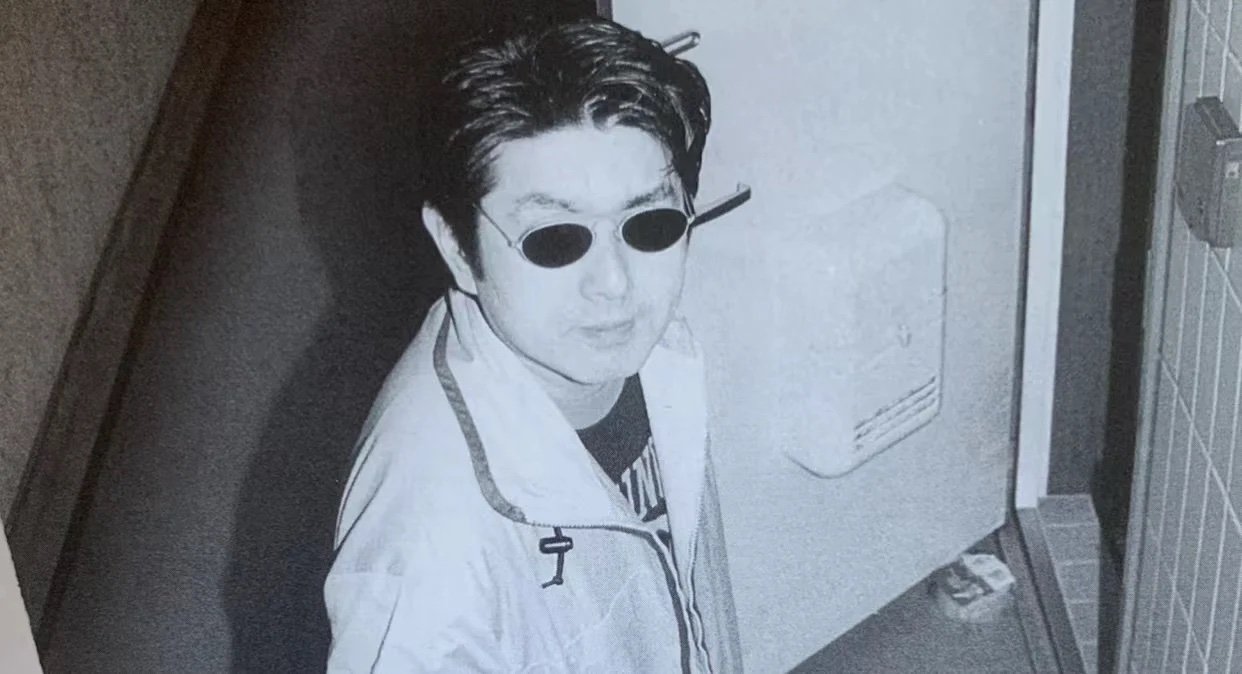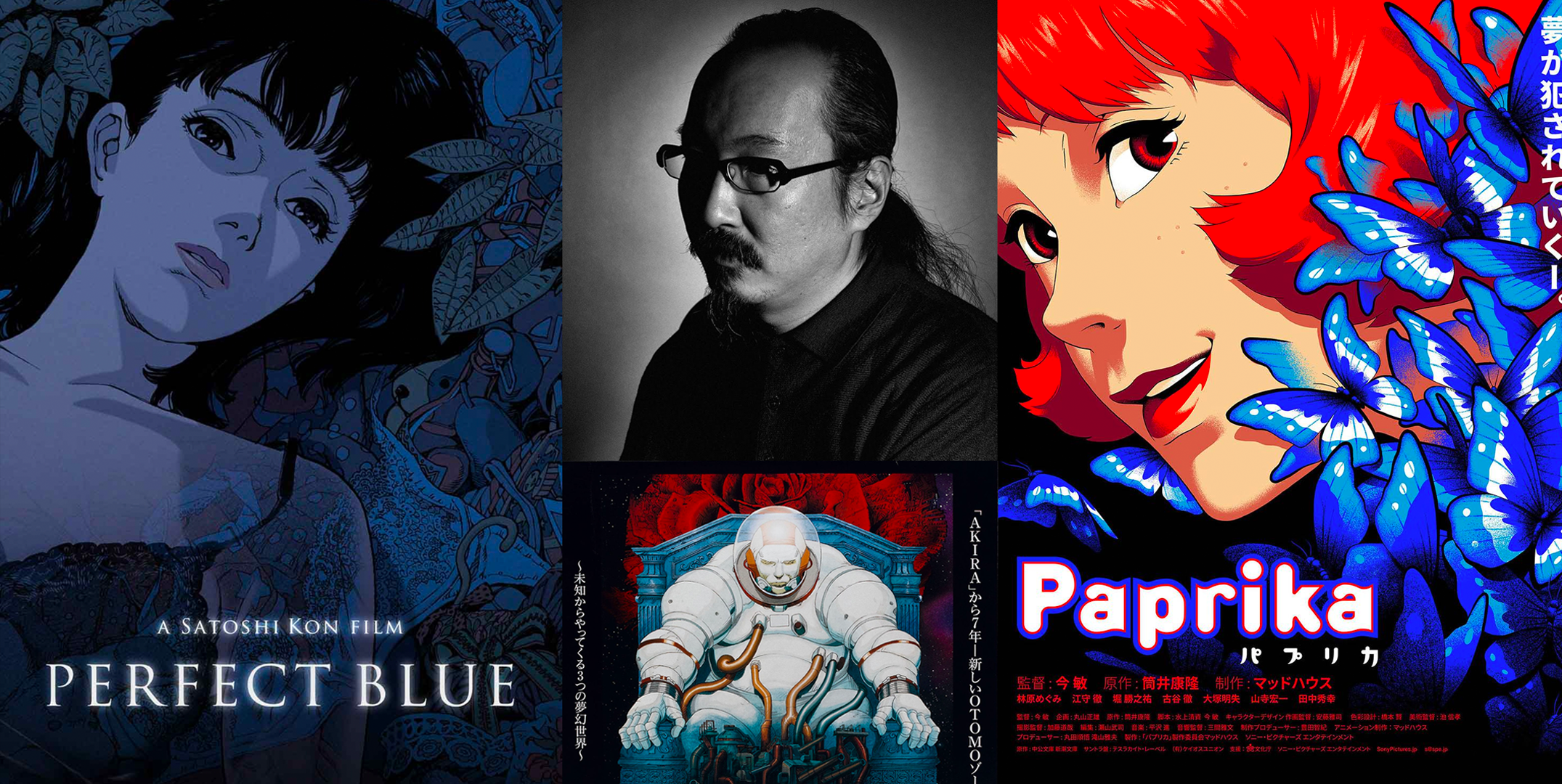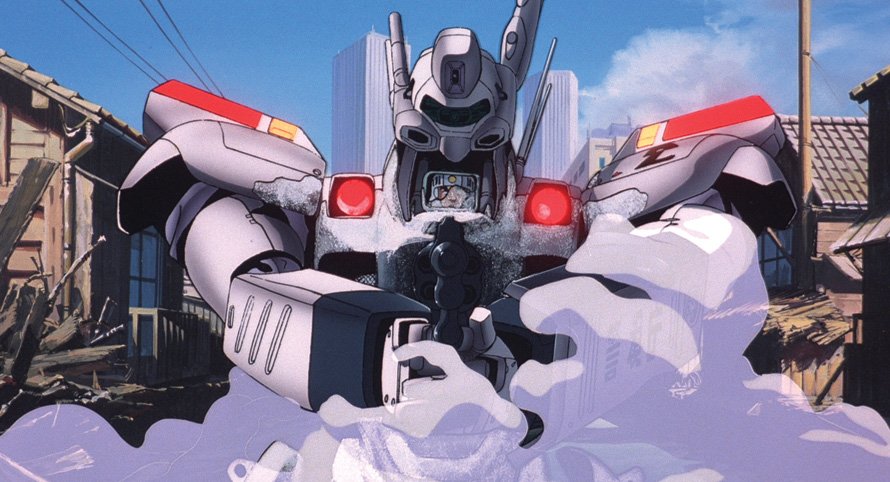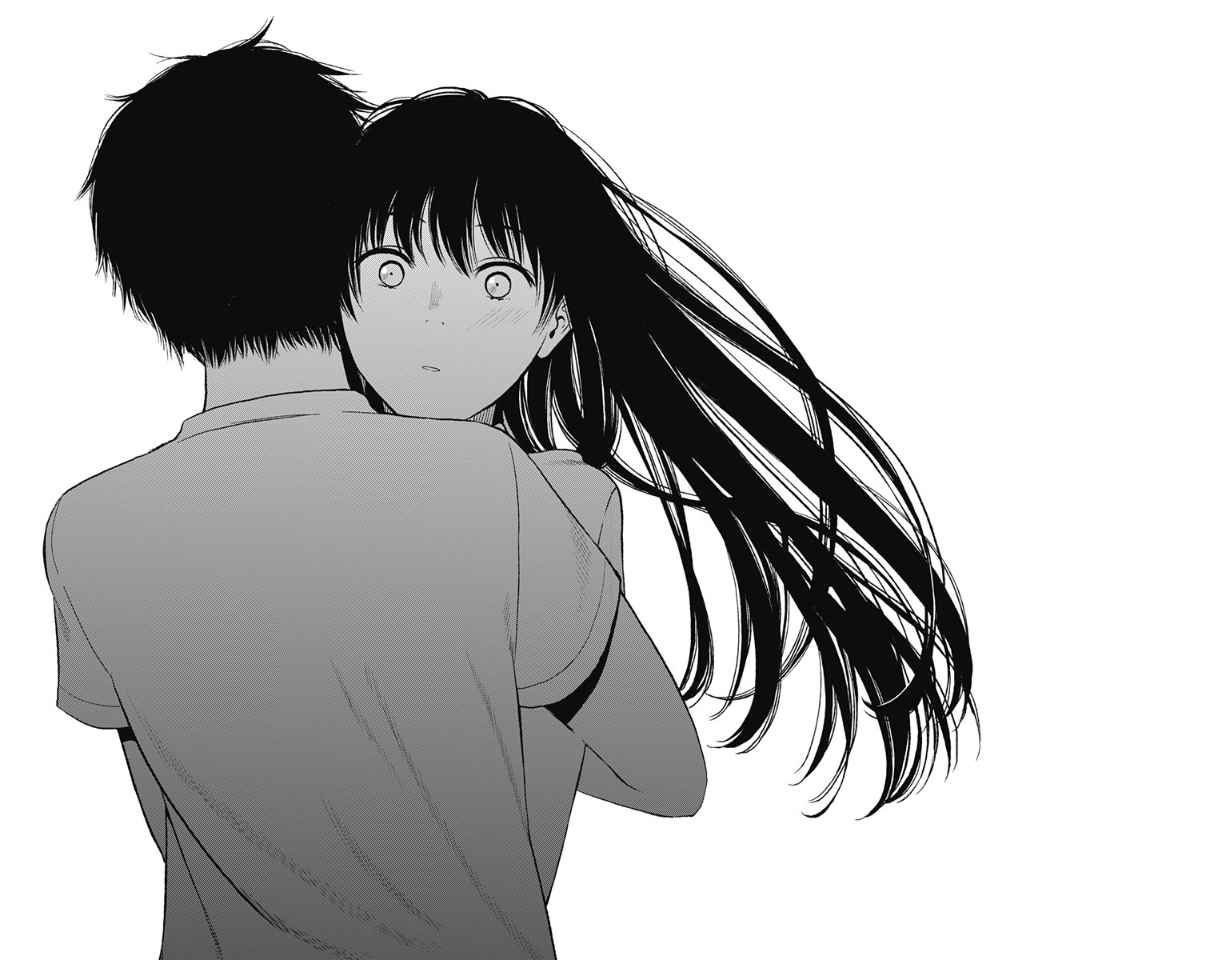A Sabukaru intro to Yasuomi Umetsu: Japan's Most Banned Anime Director

Infamous for his cult classic film series, Kite (the most banned anime ever made), Umetsu is a prolific animator, designer, writer, and director whose career went from animating heavy-hitters–Akira and Grave of the Fireflies– to directing hardcore pornography. His distinct art style, animation fluidity, and portrayal of underworld criminals are key to the 90s anime aesthetic. A true anime auteur who will mostly be remembered - if at all -as a hentai artist.
"ELECTRIC CHAIR to Umetsu and everyone involved in Kite!" writes an anonymous Reddit user on r/anime. "I literally want to cry thinking about the time I’ll never get back." Another Reddit user writes "Umetsu is one of those animators with a visual appeal that literally burns itself into you – he is simply exceptional at everything he does."
Every so often, a filmmaker will come along and simply be divisive. You'll find a large minority praising Umetsu as a true anime auteur, and aficionados dismissing him as a hardcore hentai director. There is no in-between.
It's true: Some of his work is a thoughtless burst of adrenaline and the sex scenes are just too much. However, if your Umetsu journey starts and ends with Kite as the gateway, you’re missing out.
This list is an effort to get you started on your Umetsu journey. The sabukaru team have compiled some of our favorite Umetsu works–including his key animation work for heavy-hitters like Gundam and works that should have received more attention–including his own directorial debuts, original illustrations, and character designs published by Konami for Nintendo 64.
Mobile Suit Zeta Gundam
In 1984, Umetsu got his big break working on Lensman under the guidance of Yoshiaki Kawajiri, which attracted attention from the anime industry.
A year later, he worked on the opening animation for the mecha-show-of-all-mecha-shows, Mobile Suit Zeta Gundam. No matter how corny the series seems by today’s standards, the gritty realism and character designs are mentioned over and over by anime professionals as one of the first shows to suggest animation’s infinite possibilities.
Check out how impressive the animation is for 1985 and the accompanying opening theme song is incredible in harmony.
Umetsu is perhaps the poster child of the animator who got into animation because of Gundam, especially since he eventually got the chance to make his own mark on the series. While it was unusual for a designer to create animation characters from scratch, Umetsu’s characters are full-fledged designs that can be viewed as art in their own right.
That’s why in 1987, Umetsu was one of nine leading Japanese animators - many of whom started out as animators with little to no directing experience - asked to direct a short segment for Robot Carnival. The show's credits reads like a who's-who of anime–and the shorts form a masterpiece with unbounded artistic creativity.
Robot Carnival "Presence" [プレゼンス 1997]
The next time you need some hurt feelings to feel alive, we strongly recommend watching Robot Carnival – in bed, with your laptop on your legs. A romantic drama that avoids a love connection, Umetsu’s “Presence” is a study of mismatched relationships that will have you reflecting on what it means to die with your dreams unfulfilled. Although initially seeming depressing, it acts as a cathartic release. Pleasure rarely exists without pain.
At the very least, the short is beautiful. The animation is otherworldly. The storyline is: A self-described feminist keeps a robot in a deep cellar. She learns how to love, he leaves. We see him age.
Similar to Spike Jonze's Her, the robot develops her own personality and assimilating humanity's tics that soon have her questioning who she is. In fear, he retaliates by destroying what he loves and wants to love him so dearly.
This is all laid out with superb craft and we cannot recommend it enough to mecha fans and anyone who enjoys seeing artists doing what they do best. Watch it and you’ll end up thinking, dreading, laughing, and crying all in one sitting.
Before Kite, Yasuomi Umetsu spent the early 90s designing for stylish OVA remakes of classic Tatsunoko characters from the 70s.
Kite [カイト 1998]
In 1998, Umetsu’s Kite made waves from Japan to Hollywood. Director Rob Cohen, who learned of the film from his son, later partnered on the live-action remake. Tarantino got actress Chiaki Kuriyama to study Kite to prepare for her role in Kill Bill. And some say Luc Besson took inspiration from Kite for Leon The Professional.
While the visuals have that clear and distinct 90s OVA look to it, the animation fluidity and action choreography are stunning. It's hard to believe it came out over 20 years ago when a lot of the scenes feel and look better than a lot of the anime airing today.
The sound design and soundtracks are also immaculate. The gunshots punch hard into your headphones and the experimental jazz-infused soundtracks perfectly highlight the grimy and dirty themes in Kite.
Kite also became the most banned anime ever made for its excessive and graphic sex scenes. In total, there’s only 7 minutes of explicit scenes, about 12% of the OVA, not a lot in comparison to regular H. However, a lot of the scenes involve Sawa, a high school girl. We don't have to go into detail to understand why these scenes got Kite banned in all of the US, Asia and Europe.
The worst part? While Kite put anime on the radar of people who were in the niche back in the 90s, fans began dismissing Umetsu as a hentai director. People compared him to Masami Obari in that both went from being leading mecha animators to directing pornography.
Art can push boundaries, and anime is never afraid to do so. The beauty of horror and dark fantasy is that it can explore themes like this by hitting the viewer with it raw in the face. If you’re interested, sabukaru has covered the narrative thread of Kite here. We recommend watching the censored version
CASTLEVania
In 1999, he worked on the character illustration for the game Castlevania 64.
Mezzo Forte [メゾフォルテ 2000]
In 2000, Yasuomi Umetsu released another ‘porno thriller’. There are only two explicit sex scenes, and much of the running time consists of high octane set pieces and gallows humor. Like Tarantino without the gab, essentially.
Mezzo forte is a nice little action comedy. The animation flows like water. The guns are well displayed and Mkura is one of my favorite characters ever. The fight scenes are some of the best in any anime, rivaling that of Cowboy Bebop.
Now to the bad news. The narrative thread of Mezzo (ex-cop and pals use robotics to pull off heists) is a good deal sillier than A Kite’s story, and the audio mixing is inexplicably poorer than Kite too. But, it could be worse.
Kite Liberator [ カイト リベレイタ 2008]
And then, 10 years later, there comes a Kite sequel of sorts. Another OVA, also about an hour-long, but its essence is completely different from its predecessor. As there’s little to talk about in terms of characters or themes, We’ll spare you going into the weird plot elements.
Watch it. Or don't. Your call
The legacy of Yasuomi Umetsu
Umetsu is a legendary director and he’s had a hand in over 70 projects. Whether writing, directing, animating, or designing, he is a true anime auteur who will (unfortunately) be mostly remembered as a hentai artist.
We definitely encourage you to check out his other works and if you haven't already, check out the original Kite and Mezzo Forte films.
Leo Stefanos is a writer and award-losing copywriter at PISSED. He lives in the mountains of Bali and his novella ARTHOE is forthcoming.















